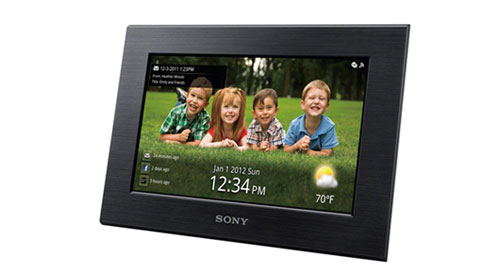
Author Archives: Administrator

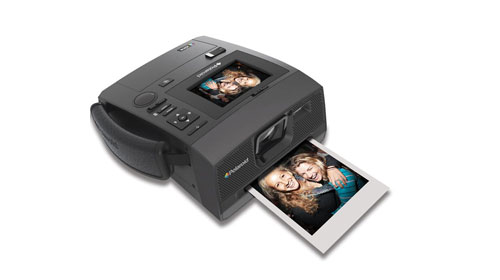
Exclusive Hands on with the Sony A99 II

Fire up your creativity






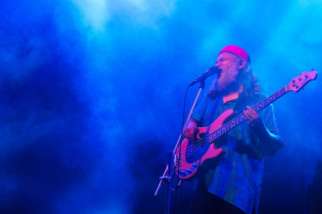
Tips for Shooting Music Concert







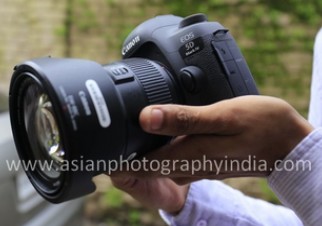
The wait is over: Canon has officially announced the long-awaited EOS 5D Mark IV
The wait is finally over, as Canon today announced the highly-anticipated EOS 5D Mark IV DSLR camera, the next generation of the popular 5D series of Canon professional DSLR cameras. Building on its celebrated legacy, the EOS 5D Mark IV is set to propel the series forward with features and enhancements targeted to please even the most discerning creative eyes. The new power-packed camera features a 30.4 megapixel Dual Pixel Canon CMOS sensor, with the DIGIC 6+ Image Processor, delivering 4K 30P video and up to seven frames per second (fps) continuous shooting.

Earlier this month, we had a chance to meet the Canon team to get an exclusive hands-on with a prototype of the new camera. The Canon team informed us that the new 30.4 Megapixel full-frame CMOS sensor in the camera allows for versatile shooting in nearly any light, with ISO range 100–32,000; expandable up to 50–102,400. The camera features 4K Motion JPEG video (DCI cinema-type 4096 x 2160) at 30p or 24p; in-camera still frame grab of 4K 8.8-Megapixel images; the multiple video options include Full HD up to 60p, and HD up to 120p.
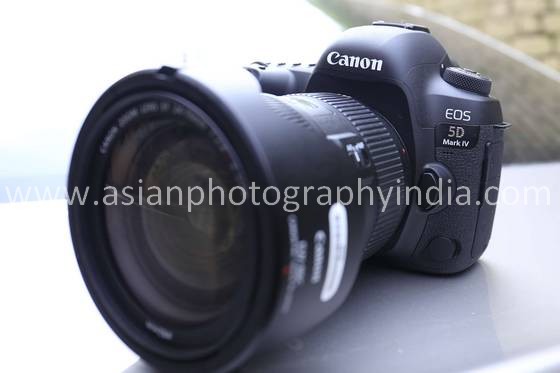
They informed that the Dual Pixel CMOS AF facilitates for responsive and smooth AF during video or Live View shooting; LCD monitor has full touch-screen interface, including selection of AF area. The AF area has 61 AF points, and 41 cross-points. The AF area has also been extended, with Block at center Approx. 8.6% vertically extended, and 24% vertically on side blocks. The camera also features the new Dual Pixel RAW format (a special version of RAW image data that contains Dual Pixel information sent from picture elements (pixels). If the image-recording quality mode is set to DPRAW, this new data format supports development of the photo through the Digital Photo Professional application), in-camera Digital Lens Optimizer during JPEG shooting and Diffraction Correction technologies. There is also inbuilt WiFi and NFC for sharing of images to compatible devices or social media sites.
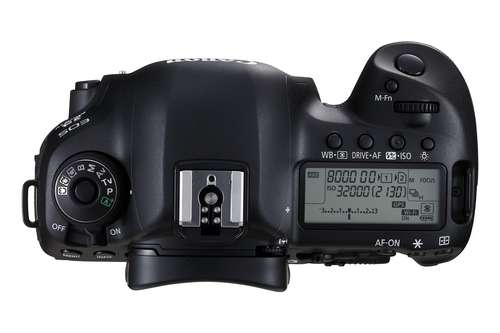
“Canon’s EOS 5D series of DSLR cameras
has a history of being at the forefront of still and video innovation. And
today, we add to this family of cameras the EOS 5D Mark IV– the first in our 5D
series to offer 4K video and built-in Wi-Fi and NFC connectivity,” said
Yuichi Ishizuka, president and COO, Canon U.S.A.. “In developing this new
DSLR camera, we listened to the requests of current EOS users to create for
them a modern, versatile camera designed to help them create and share
beautiful still and video imagery.”
The Canon EOS 5D Mark IV DSLR is currently
scheduled to be available in early September 2016 for an estimated retail price
of $3,499.00 for the body only. It will also be sold as part of body-and-lens
kits with the EF24-70mm f/4L lens ($4,399.00, scheduled to be available early
September) and the EF24-105mm f/4L IS II
USM lens ($4,599.00, scheduled to be available late October) .
In addition, Canon is also introducing two new L-series EF lenses – the Canon EF 16-35mm f/2.8L III USM Ultra-Wide Zoom Lens and EF 24-105mm f/4L IS II USM Standard Zoom Lens, with the former scheduled to be available late in October for an estimated retail price of $2,199.00, and the later scheduled to be available in late October for an estimated retail price of $1,099.00.

Canon aims to boost women employee numbers from a present 12% to 20% by 2018
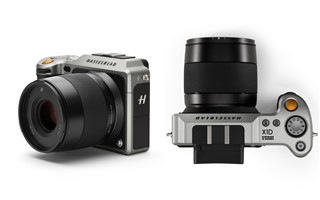
Hasselblad announces X1D – The world’s first compact mirrorless digital medium format camera

Shooting at Twilight



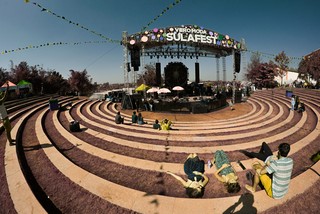
Tips for infrared photography




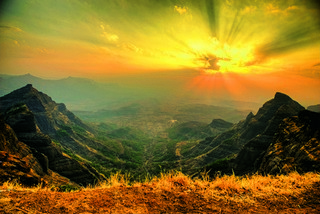
A Beginner’s guide to HDR Photography




